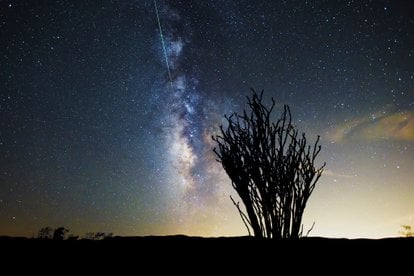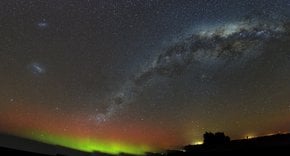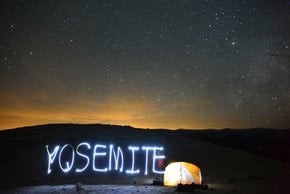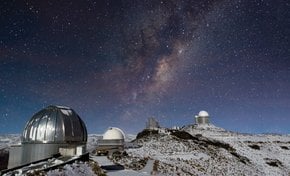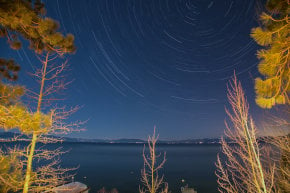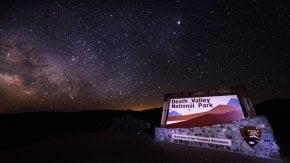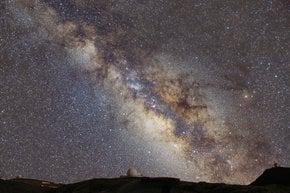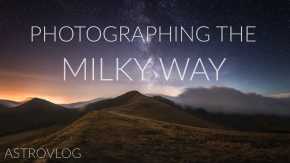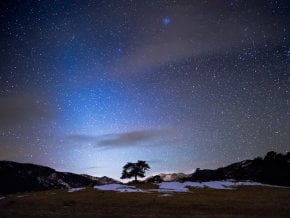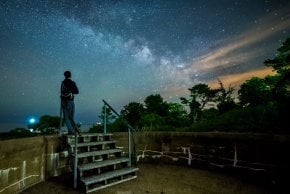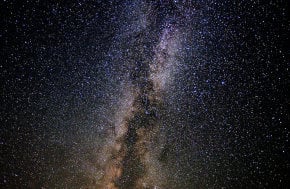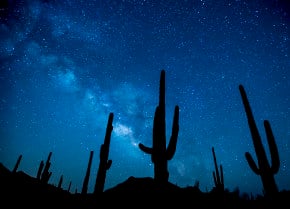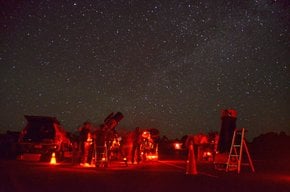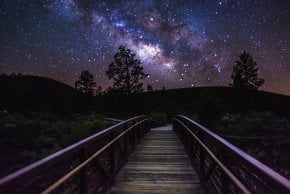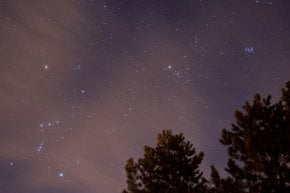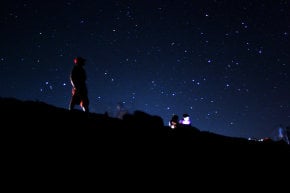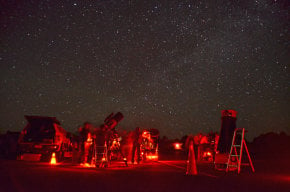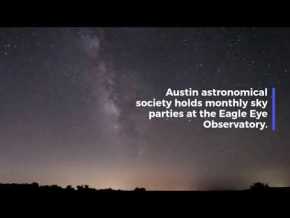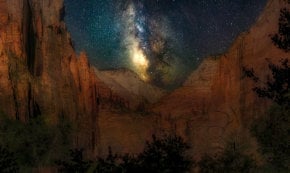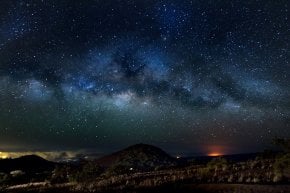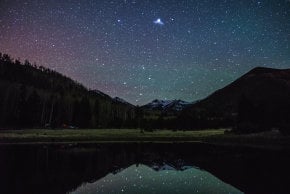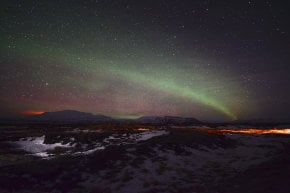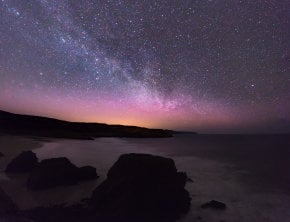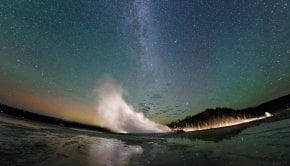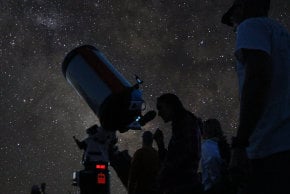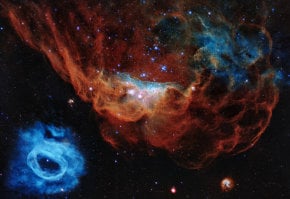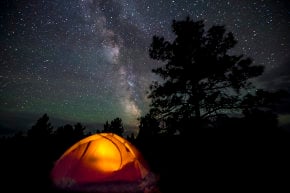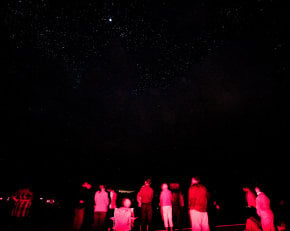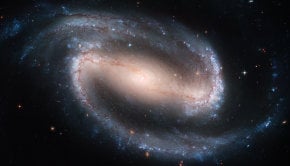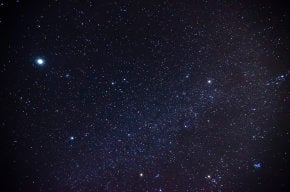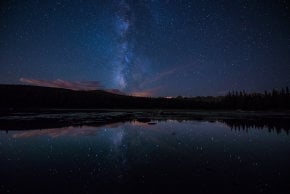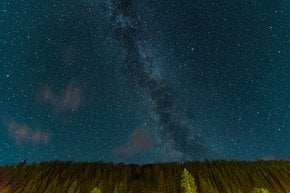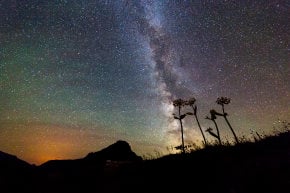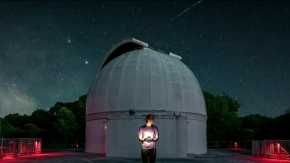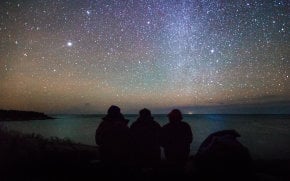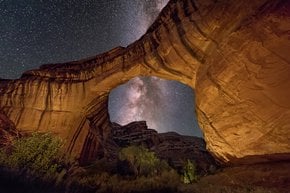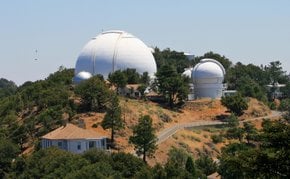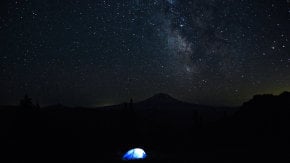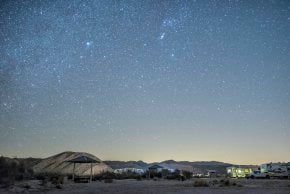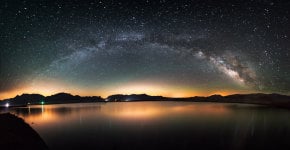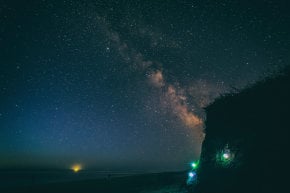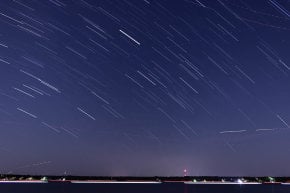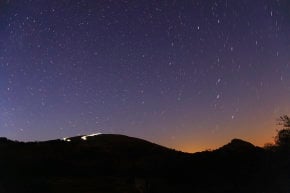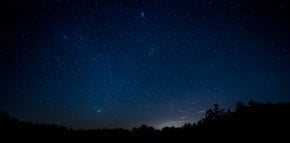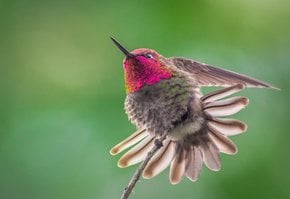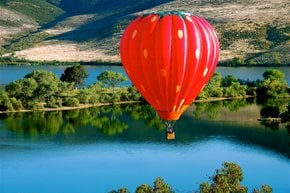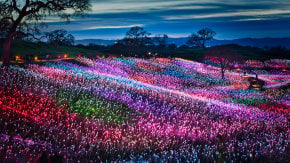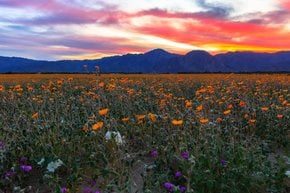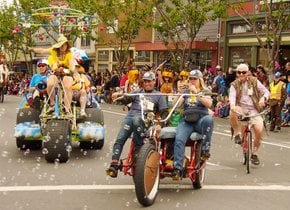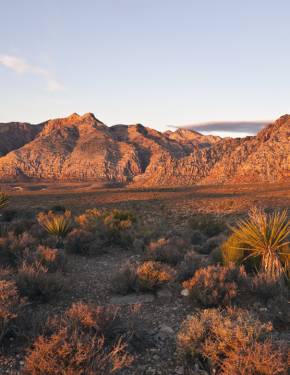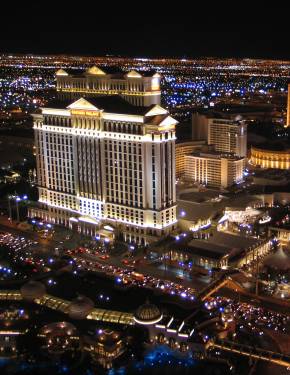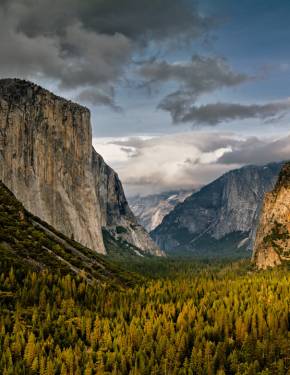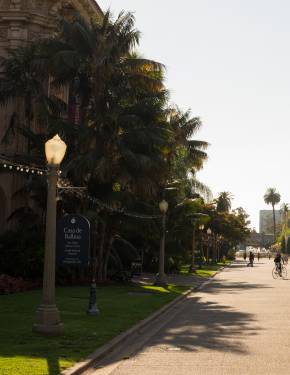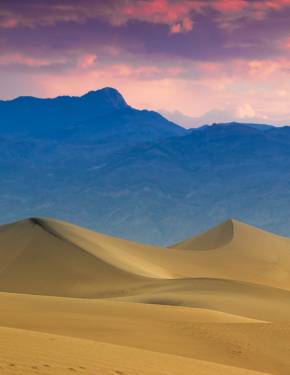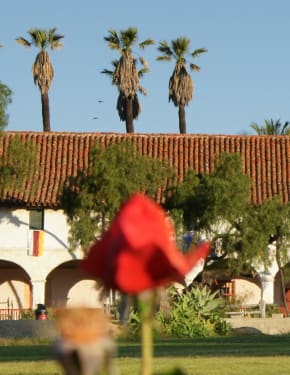Perseid Meteor Shower in California 2026
Stars begin to fall in the middle of summer—get ready to make some wishes
Best time: late July–late August (best in mid-August)
The Perseid Meteor Shower is one of the most anticipated celestial events of the year, captivating both seasoned astronomers and casual stargazers alike. This annual meteor shower, which usually occurs from mid-July to late August, promises a spectacular display of meteors, peaking between August 11 and 13, 2024. The event is accessible to anyone interested in experiencing the wonders of the night sky, requiring no special equipment other than a clear, dark sky.
Best Viewing Times and Locations
According to experts, the optimal time to observe the Perseids is from midnight to dawn when the sky is darkest and meteor activity is at its peak. The meteors will appear to radiate from the constellation Perseus, located in the northeastern part of the sky. In California, prime locations for viewing include the Mojave National Preserve, about four hours from Los Angeles; Mendocino National Forest, around two and a half hours from Sacramento; Tahoe National Forest, approximately three hours from Sacramento; Death Valley National Park, roughly four hours from Los Angeles; and Joshua Tree National Park, about two hours from Los Angeles. These areas offer minimal light pollution and expansive views of the night sky.
Tips for a Successful Viewing Experience
To enhance your meteor shower experience, it is recommended to find a secluded spot away from city lights. Allow your eyes 15-20 minutes to adjust to the darkness for the best visibility. Bring warm clothing, a blanket, or a comfortable chair, as stargazing can be a waiting game. No telescopes or binoculars are necessary, as the meteors are best viewed with the naked eye. Using a stargazing app can help locate the constellation Perseus, but remember that meteors can appear anywhere in the sky.
Ticket Prices
As the Perseid Meteor Shower is a natural event observable from many public locations, there are generally no ticket costs associated with viewing. However, some organized viewing events or locations within national parks may charge entrance fees. For instance, entrance fees for Joshua Tree National Park and Death Valley National Park are around $30 per vehicle.
History of the Perseid Meteor Shower
The Perseid Meteor Shower has been observed for centuries, with the earliest recorded sightings dating back to 36 AD. Named after the constellation Perseus, from which the meteors appear to radiate, the shower is caused by the Earth passing through the debris left by Comet Swift-Tuttle. This comet was discovered in 1862 by Lewis Swift and Horace Tuttle, but it was Giovanni Schiaparelli who first connected the debris with the annual meteor shower. Over the years, the Perseids have become one of the most popular and well-studied meteor showers due to their bright and frequent meteors.
Myths and Legends
The Perseid meteor shower has several myths and legends associated with it. In Greek mythology, Perseus, the hero who beheaded the Gorgon Medusa and married Andromeda, is honored in the name "Perseids," which derives from the Greek word "Perseides," referring to the descendants of Perseus. In some Catholic traditions, the Perseids are known as "the tears of St. Lawrence," as their peak coincides with the date of the saint's martyrdom. Additionally, in Roman mythology, the Perseids are linked to the god Priapus, who was believed to fertilize the fields by ejaculating on them once a year during the meteor shower's peak.
How to Photograph a Meteor Shower
Photographing a meteor shower can be rewarding with the right preparation and techniques. Start by choosing a dark location away from city lights and use a tripod to keep your camera steady during long exposures. Equip your camera with a wide-angle lens and use a shutter release cable or timer to avoid any vibrations. Manually focus your lens to ensure the stars are sharp, and aim your camera toward the radiant point of the meteor shower. Calculate your exposure time using the 500 Rule (500 divided by your lens's focal length) to prevent star trails. Experiment with settings like aperture and ISO, adjusting one at a time for the best results. Finally, relax and enjoy the celestial display, capturing the meteors as they streak across the sky.

